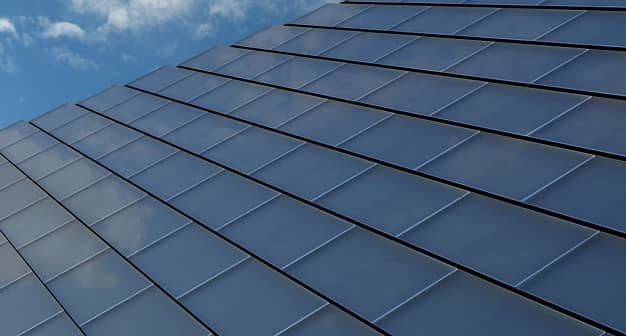Owing to their beauty, durability, and versatility, glass tiles are gaining tremendous popularity over their ceramic counterparts. Yes, glass tiles are indeed pricey, but the handcrafted, artistic look that it lends to your interiors is worth the price. Installing glass tiles is undoubtedly a great DIY- project, but how to install glass tile is a question where most people get hung up. But honestly, glass tile installation is not at all difficult if you have the right tools and supplies and follow some of the basic tips on the installation process. Let us discuss the steps of how to install glass tiles.
Knowing the applications and substrates:
Before getting started with your DIY project, do your homework about the applications and substrates thoroughly. Glass tiles are typically used in the interiors. They are not meant for your floors or countertops. And talking of substrates, glass tiles do not gel in with any or all kinds of substrates. Cement backboards or fully cured concrete make the best substrates for glass tiles. Drywall is also good, but chipboards, Masonite, particleboard or plywood, and asbestos surfaces are not at all meant for installing glass tiles.
Preparing your walls/ substrates:
Make sure that the installation surface is clean and dry. If you are planning to install the glass tiles on new concrete were left fully cured at least 28 days in warm/ dry climate and for at least 60 days if the weather is cold or humid. Fill up substrate joints with drywall compound and apply a crack isolation membrane to minimize the chances of cracks in your substrate. Since glass tiles are translucent, any cracks in the substrate will show up through the glass.
Dry run:
Since glass tiles are meant for vertical installation, fitting them into the right space is difficult. That said, you should do a dry run before the final installation. And lay the tile out there and make sure it fits in fine. Leave a gap of one-eighth inches where the tile will meet the countertop or wall or cabinets.
Cutting and adjusting tiles:
If your tiles are oversized and need subtle adjustments you can use a tile glass cutter to cut them. So, pros and experienced DIY enthusiasts usually tape the front and back of the area before cutting to prevent breakage.
Applying the adhesive:
The next step is to apply the adhesive. Using the notched edge of a trowel, coat the wall with Laticrete Glass Tile Adhesive. Apply it horizontally, removing any excess. Laticrete International has specially formulated this non-sag adhesive mortar for use in glass tile applications. Its ultra-white finish enhances the beauty of glass tiles. Since glass tiles are clear, using any colored adhesive will show up and change the appearance of the tile, and this is where the Laticrete Glass Tile Adhesive scores above the rest.
Installing and Grouting:
With the adhesive applied to the wall, start installing the tile carefully. Apply gentle and even pressure on the tile sheets to set them in the right place. Using a rubber mallet to gently press the tiles into place. Ensure that each tile is leveled. Once all your tiles have been installed, let them set in for at least 24 hours. Do not start your grout job before then. Follow the tile manufacturer’s instructions about grouting. Once the grouting is finished, seal the caulk any open joints (at corners, etc) with Laticrete Silicone Caulk.
That completes your DIY project of glass tile installation. Let the entire thing cure for at least 2-3 days before your start using the space.

